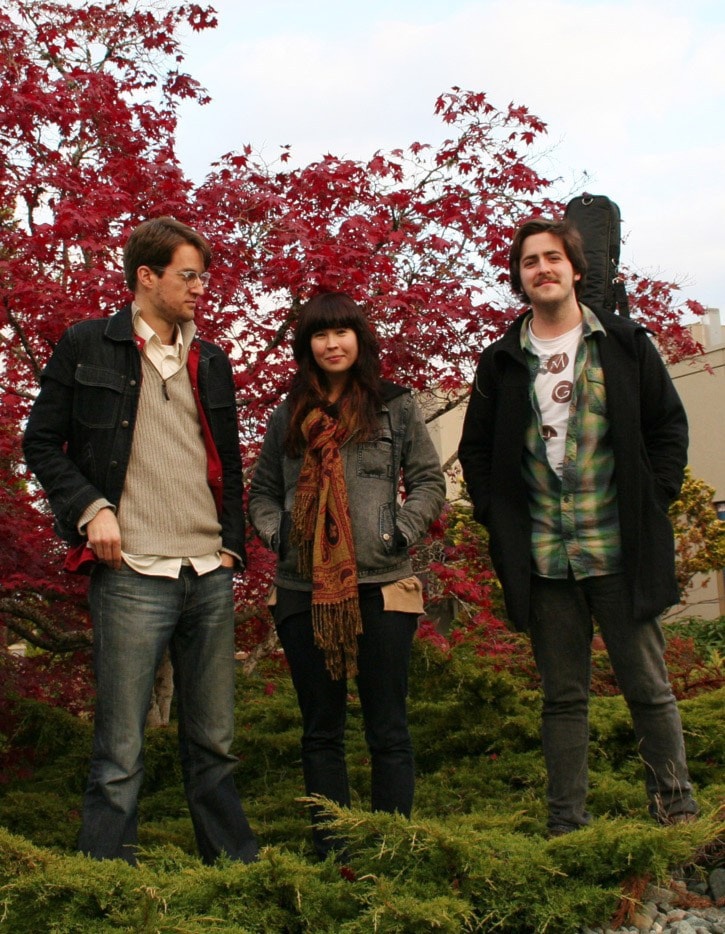Art professor Gregory Ball and English professors Daniel Burgoyne and Ross MacKay will shed light on the unique talents of William Blake.
Their discussion, “A Printing House in Hell: William Blake’s Illuminated Printing,” is the third Arts and Humanities Colloquium this fall and will include a live performance of original music – Emily Smythe’s composition of William Blake’s The Poison Tree.
Blake was one of the most important poets and artists of his generation. Once thought to be mad, Blake is now regarded as one of the geniuses of his era. One of the few artists to produce great works in both painting and poetry, he sought to incorporate more imaginative and expressive forms into his work and to redefine the role of artist in society.
This colloquium will afford an opportunity to become acquainted with the work of one of the most inventive and unconventional poets in English literary history.
Given the oppressive constraints of what Blake referred to as the “mind-forged manacles,” it should come as no surprise that he was an artist who realized early in his career that he “must Create a System, or be enslaved by another Man’s.”
Accordingly Blake, an engraver by trade, adapted traditional techniques of etching to work in relief, a method that allowed more direct creative composition on the surface of the copper plate. Unlike conventional etching where the lines of the design are exposed to an acid, leaving the design incised on the plate, Blake reversed the normal method: he wrote and drew directly onto the plate with an acid-resistant material, and the acid then dissolved the exposed parts of the plate, leaving the design standing in relief.
In doing so, he developed a unique way to combine his poems with his illustrations through a form of colour printing, which he described as “illuminated printing.”
Poetry thus became inextricably bound with visual art. The integration of printing and creative composition gave Blake complete control over the total production of his works, from inception to publishing.
In The Marriage of Heaven & Hell, one of the first poems rendered as “illuminated printing,” Blake describes his process in terms of six chambers in a “Printing house in Hell.” This colloquium will recreate the process of printmaking through these six chambers and it will relate the material practice of Blake’s printing to the aesthetic and political issues of his art.
The presentation is set for Friday (Nov. 18), 10 a.m., in the Malaspina Theatre at Vancouver Island University. Discussion will follow.
For more information, please e-mail katharina.rout@viu.ca.
